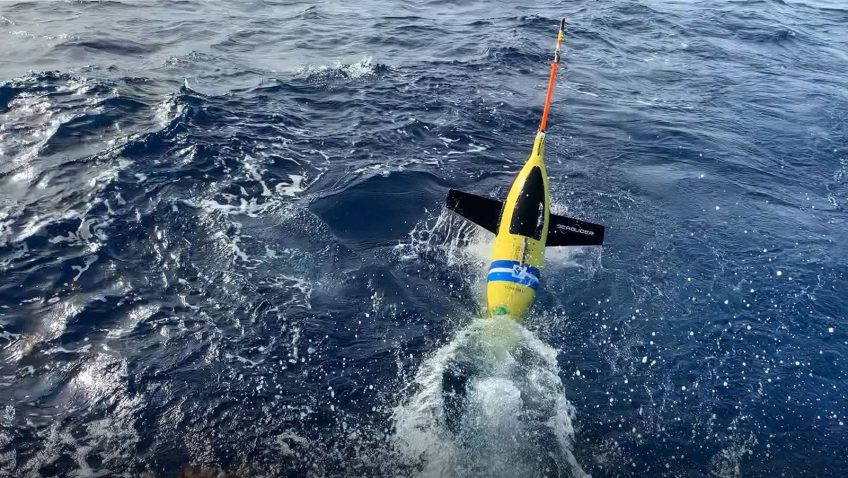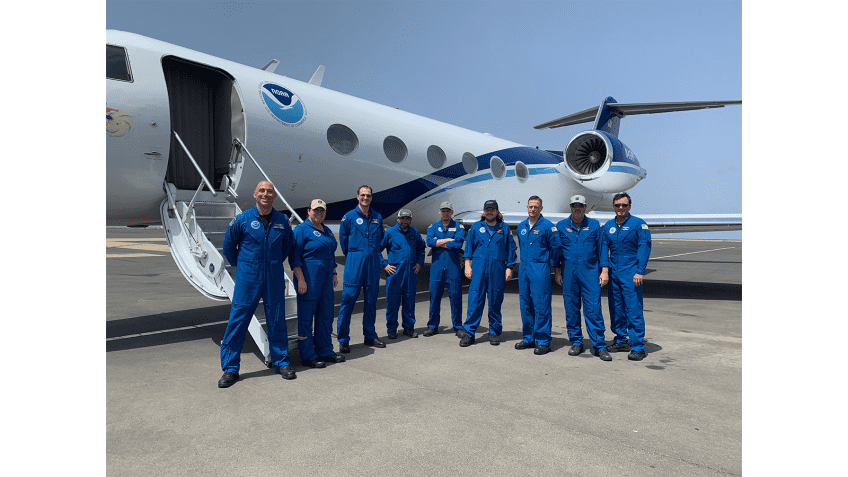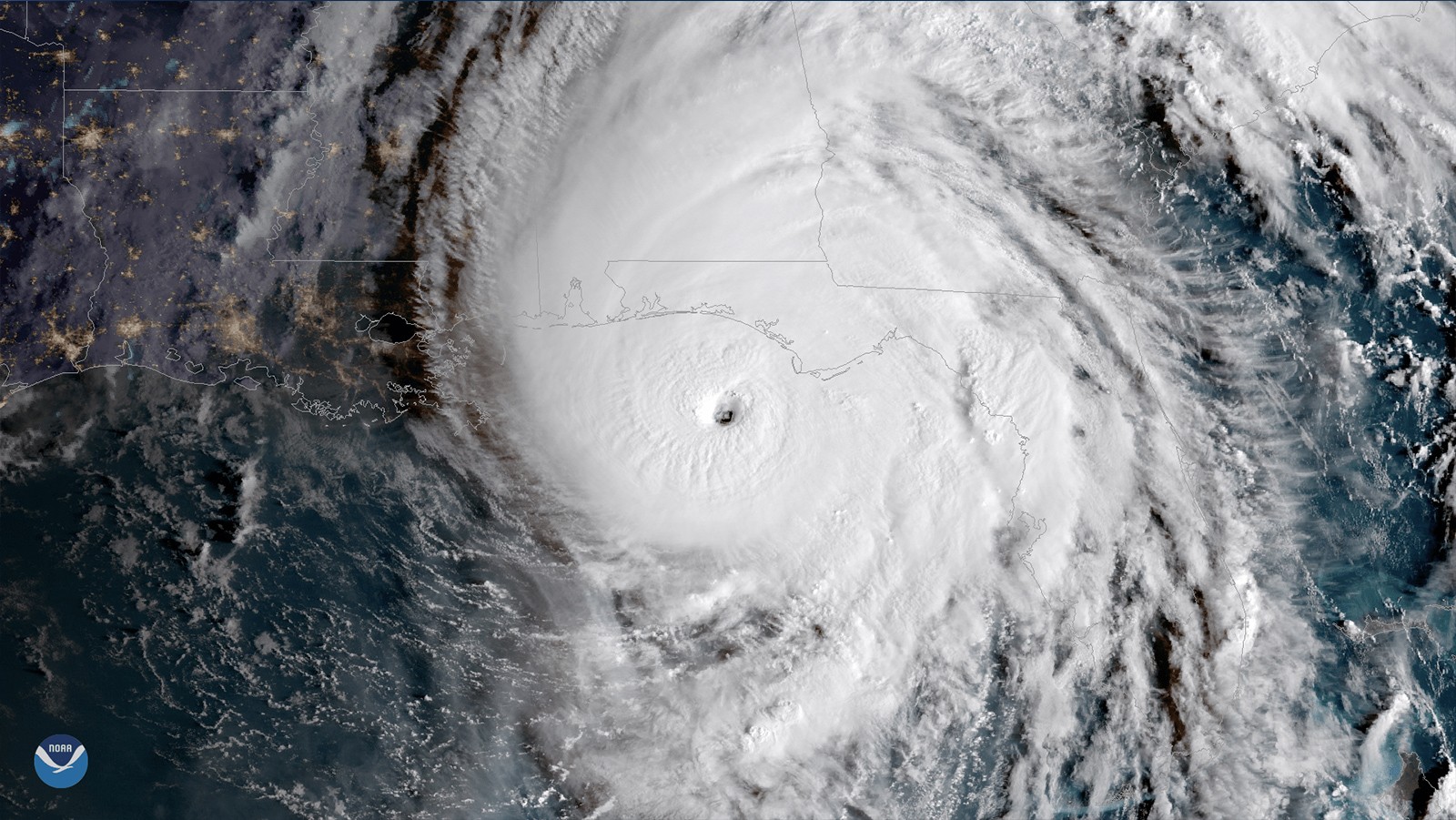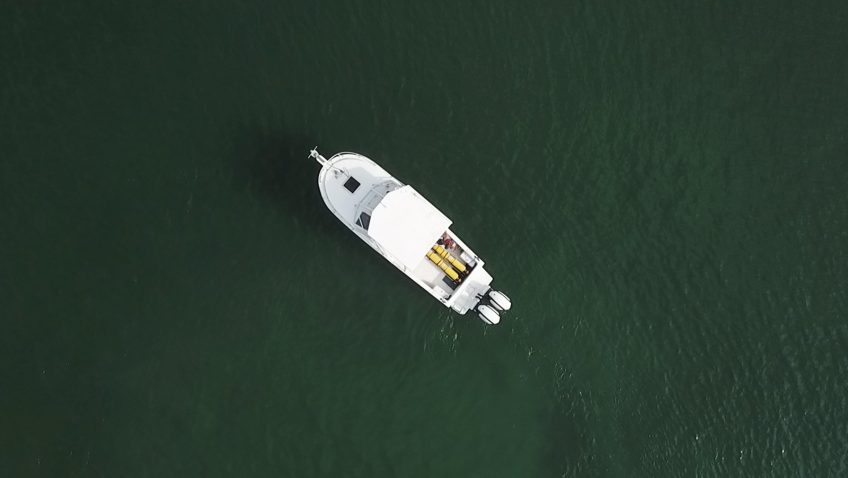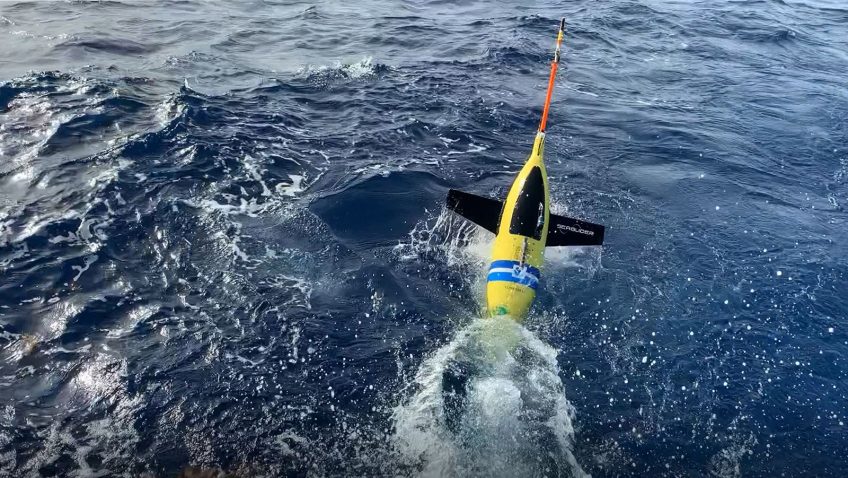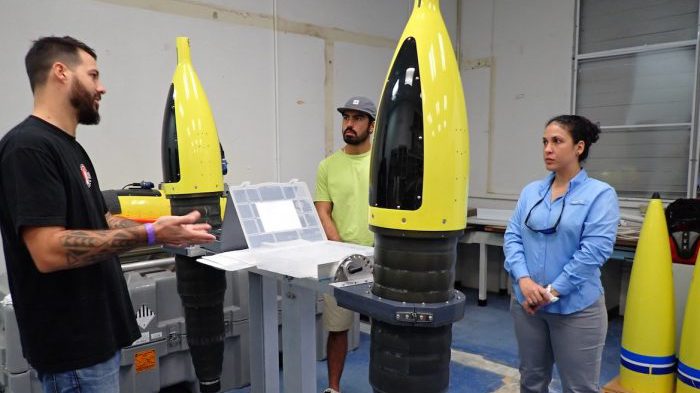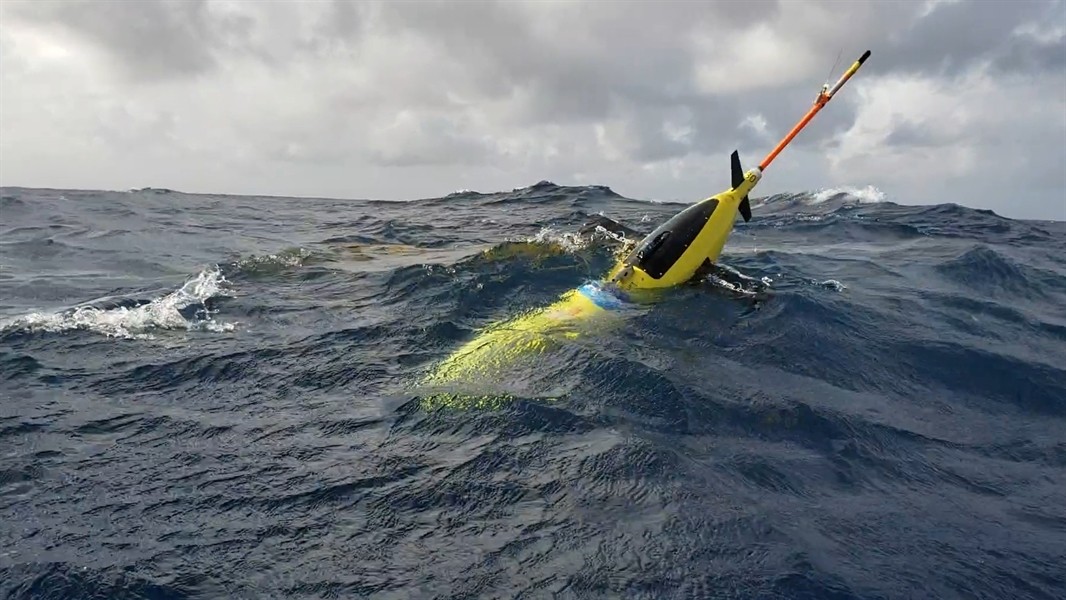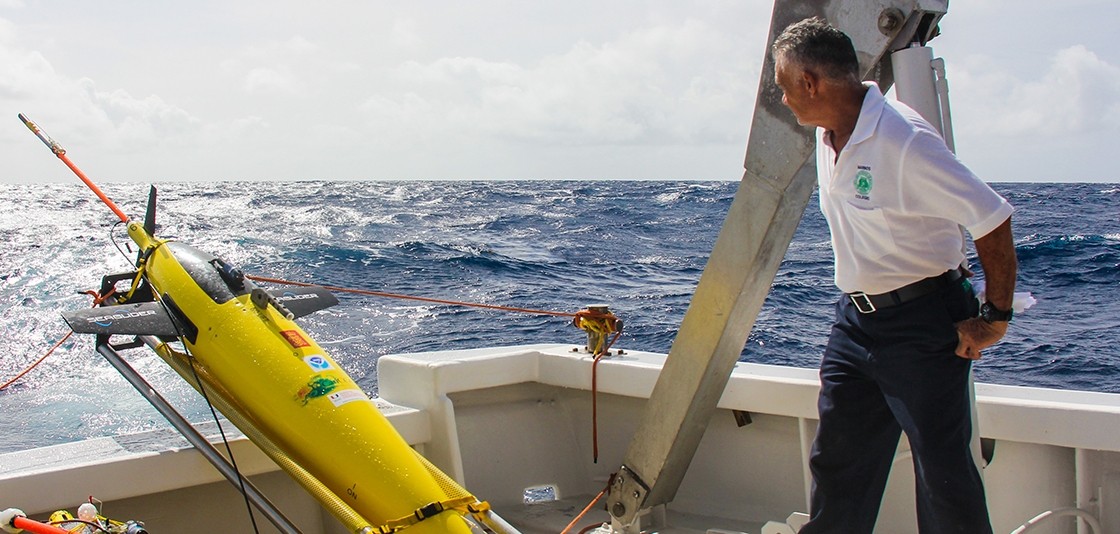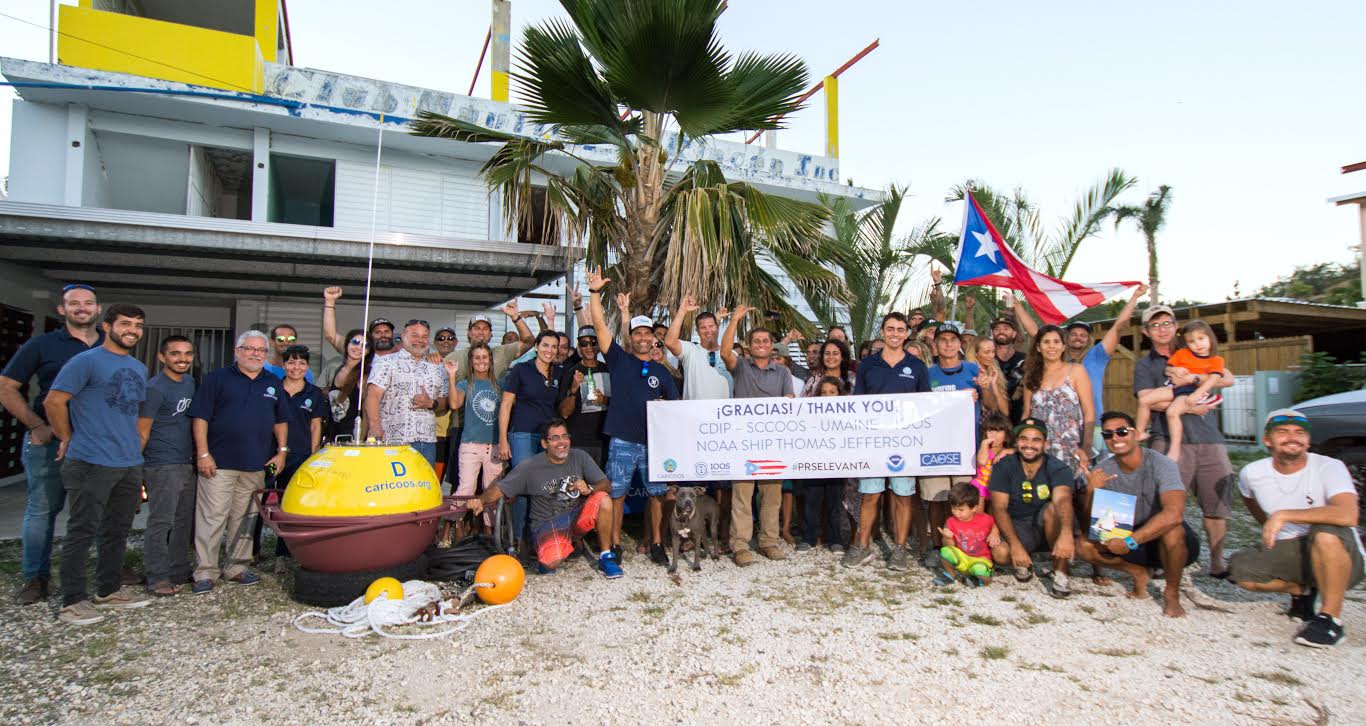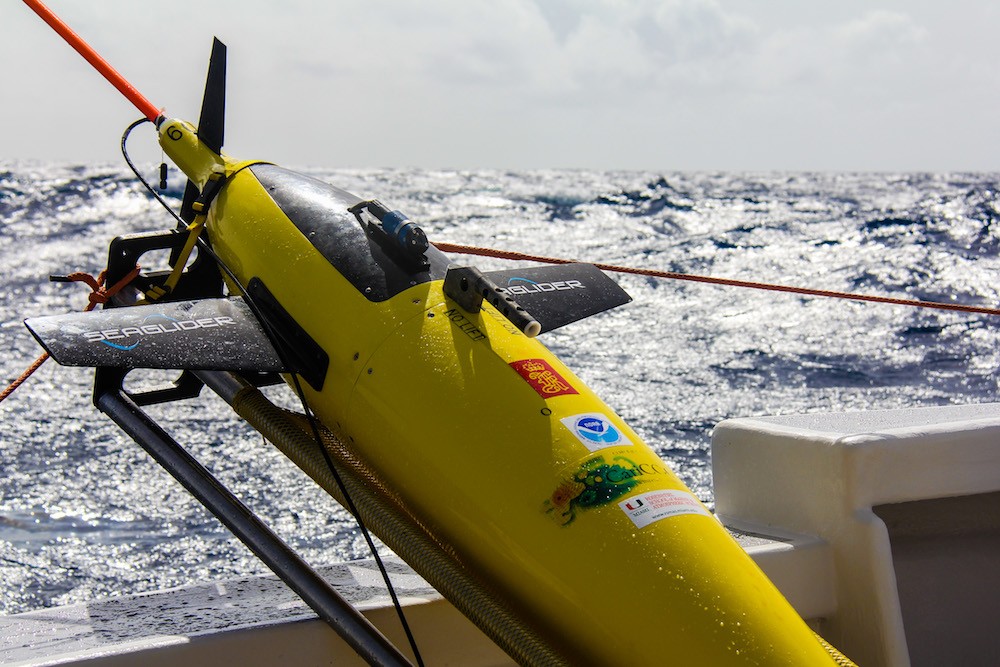AOML Begins Tenth Year of Hurricane Glider Operations
This summer marks AOML’s tenth consecutive year of gathering underwater glider observations during the Atlantic hurricane season. The project began in 2014 with two gliders deployed off Puerto Rico to study the ocean’s role in tropical cyclone development and intensification. Since then, glider observations have become an integral part of the data gathered annually to improve tropical cyclone forecasts, as well as better understand how the ocean and atmosphere interact during the passage of tropical cyclones.
